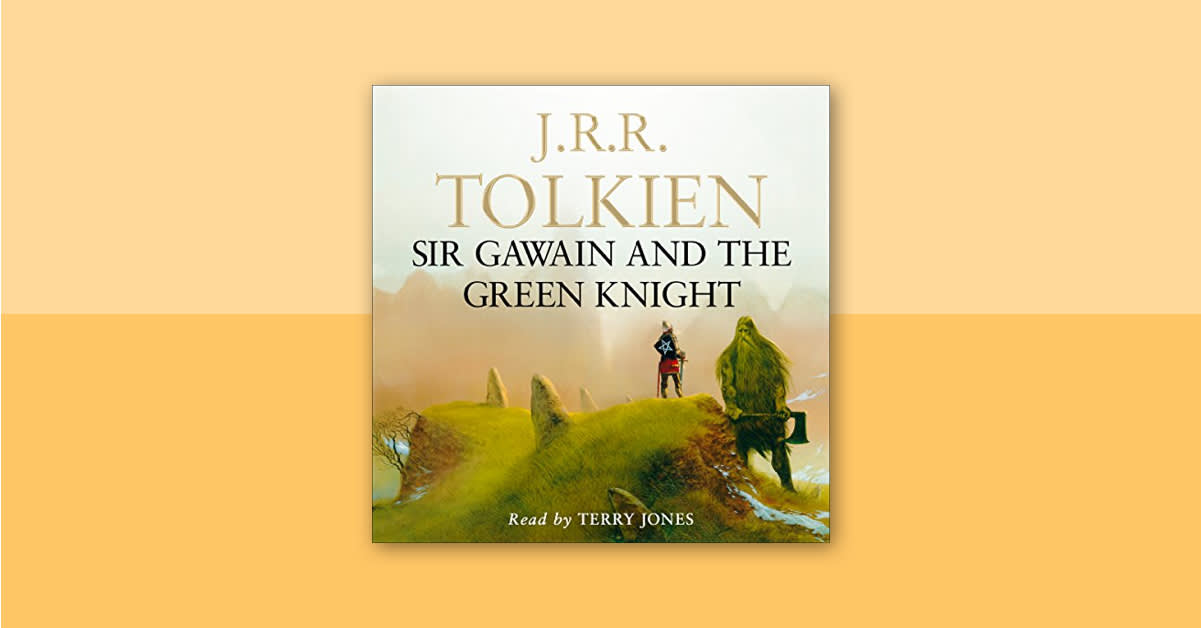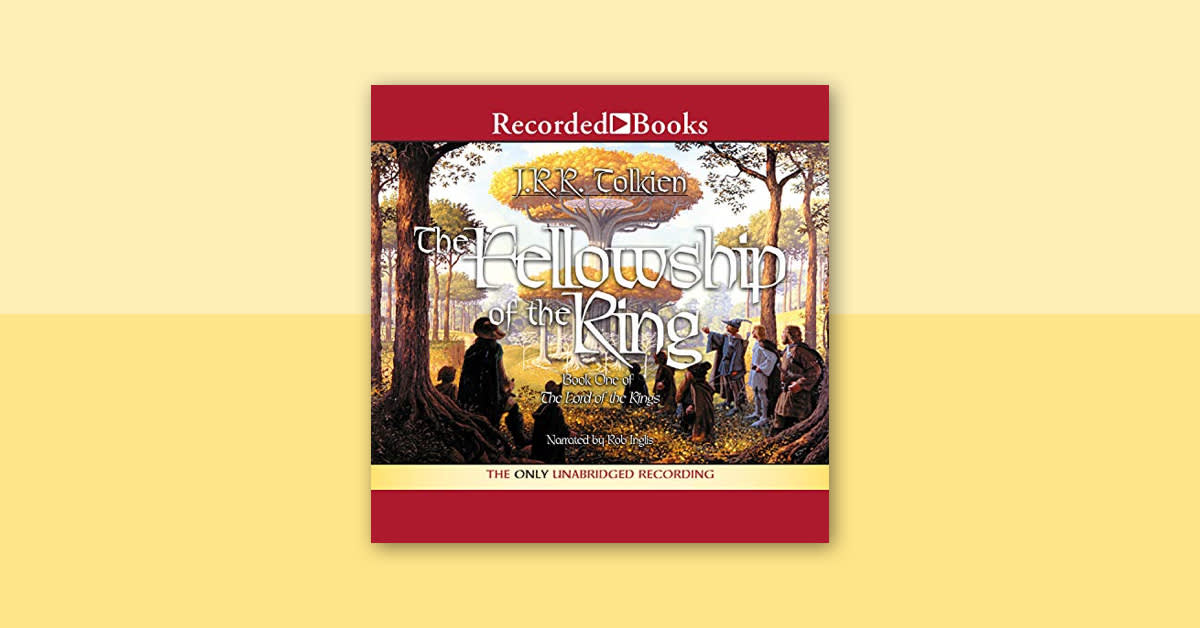For centuries, tales of King Arthur and his knights have fascinated audiences as these legends have been told and told again, with fresh interpretations and new twists. "" is an Arthurian tale about Sir Gawain, one of the knights of the round table, and his misadventures following a clash with the titular Green Knight. It was written as a chivalric romantic poem, with alliterative stanzas, in Middle English. The author of the poem is unknown, although the narrative draws from English, Welsh, Irish, and French stories from the same time period.
The poem dates back to the 14th century and, experts believe, survived as a manuscript that came into the possession of Robert Bruce Cotton, a Medieval English scholar and collector. It wasn't published until the 1830s; since then, multiple translations, both academic and entertaining, have appeared. Perhaps the most famous translation is by , author of , who was a noted academic and professor of English as well as the creator of fantasy epics. Today, listeners alike who are interested in the poem, which would have been written around the same time as 's , can find Tolkien's translation on Audible, narrated with wonder and whimsy by Monty Python’s Terry Jones. (For medieval poetry enthusiasts: Jones also narrates an Audible exclusive version of a pivotal part of The Canterbury Tales: its .)
Warning: The following article contains spoilers for "Sir Gawain and the Green Knight" and its 2021 film adaptation, The Green Knight.
What is "Sir Gawain and the Green Knight" about?
The poem begins in Camelot on New Year's Eve, when, in the midst of holiday merrymaking, King Arthur asks to hear a story. The Green Knight, large and imposing, rides into Camelot on a green horse, carrying no weapon but an axe and, in his other hand, a holly branch. He comes before King Arthur and declares his intention. He does not want to fight anyone in the court, as he would surely win, but would like to challenge the knights in a holiday game. He offers up the axe to anyone who can take it and strike him with it, on one condition: In one year and a day, the Green Knight will come back to court and return the blow.
Of King Arthur's knights, the youngest (who also happens to be Arthur's nephew), Sir Gawain steps forward to accept this challenge. When King Arthur grants him this honor, the Green Knight hands Gawain the axe and bares his neck. With one blow, Gawain beheads the Green Knight. He does not die. Instead, the Green Knight picks up his head and places it on his body. Once restored, he reminds Gawain they must meet again in a year and a day, so he can return the blow. He instructs Gawain to meet him in the Green Chapel. Before departing, he shows Queen Guinevere his wound, horrifying her, although King Arthur urges his lady not to take the Green Knight seriously.




